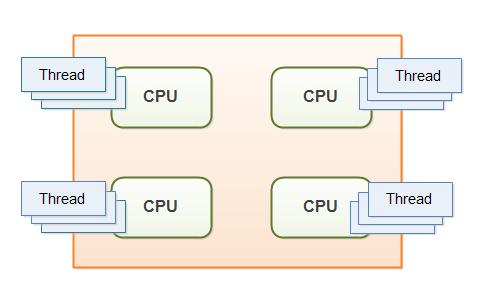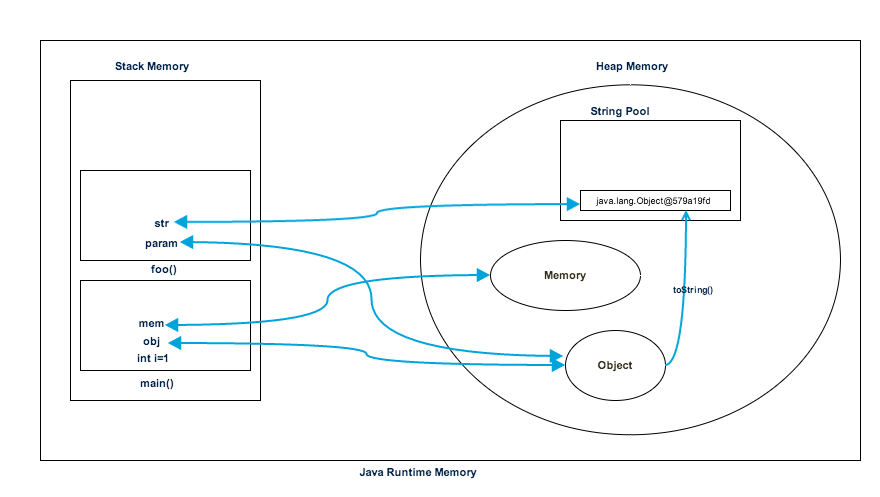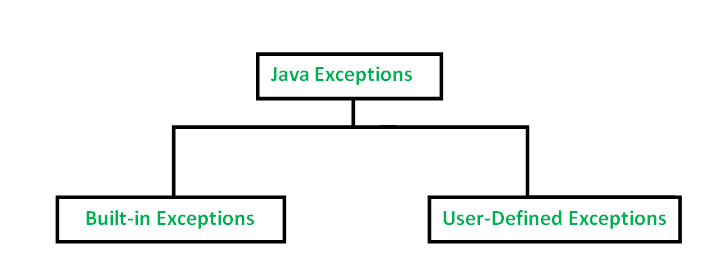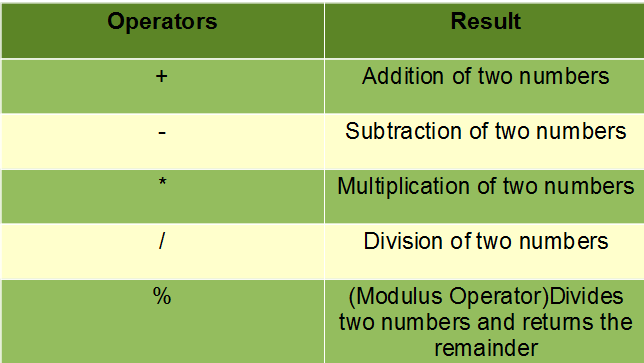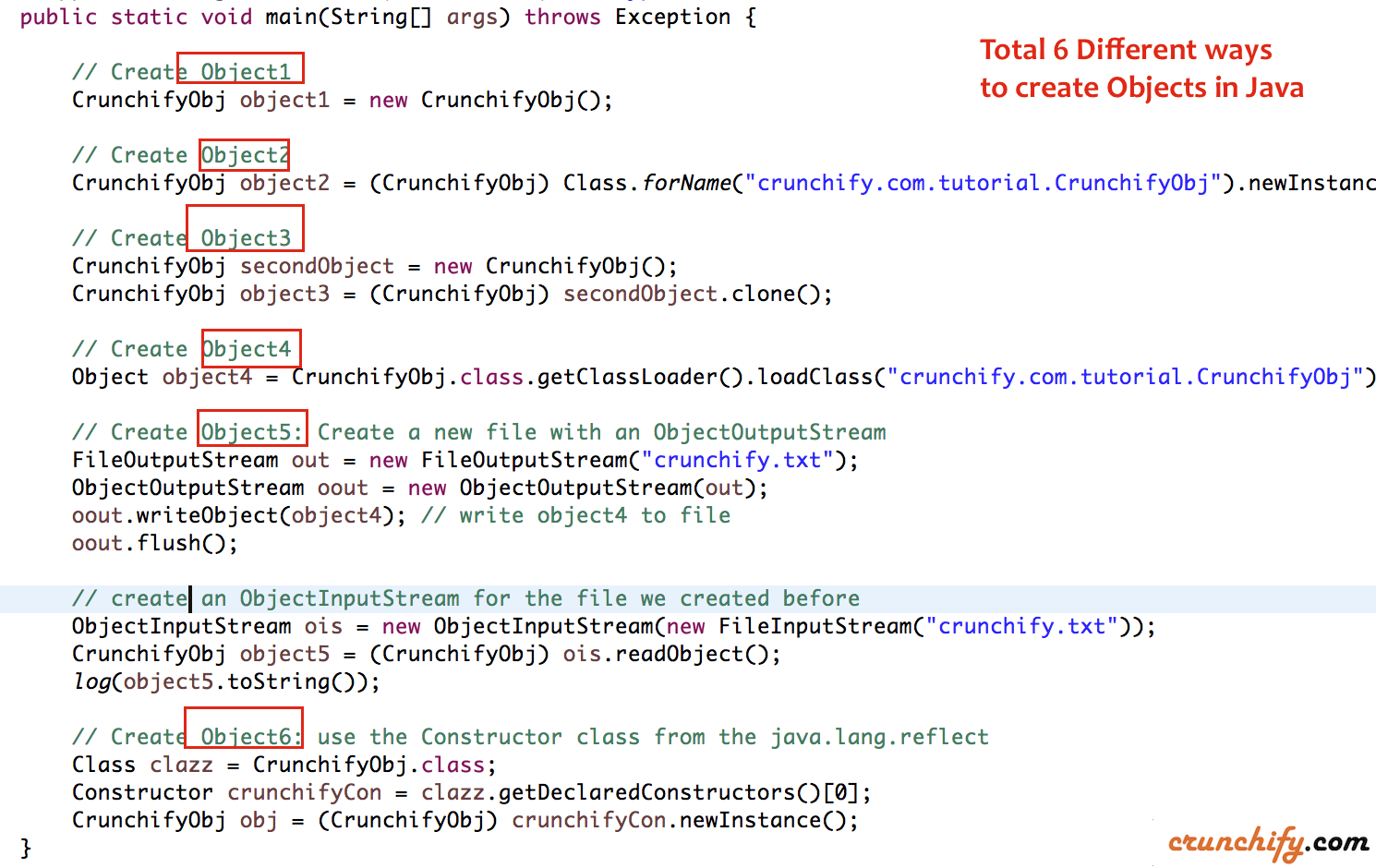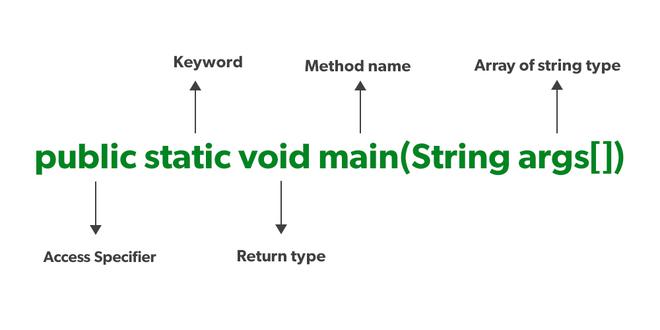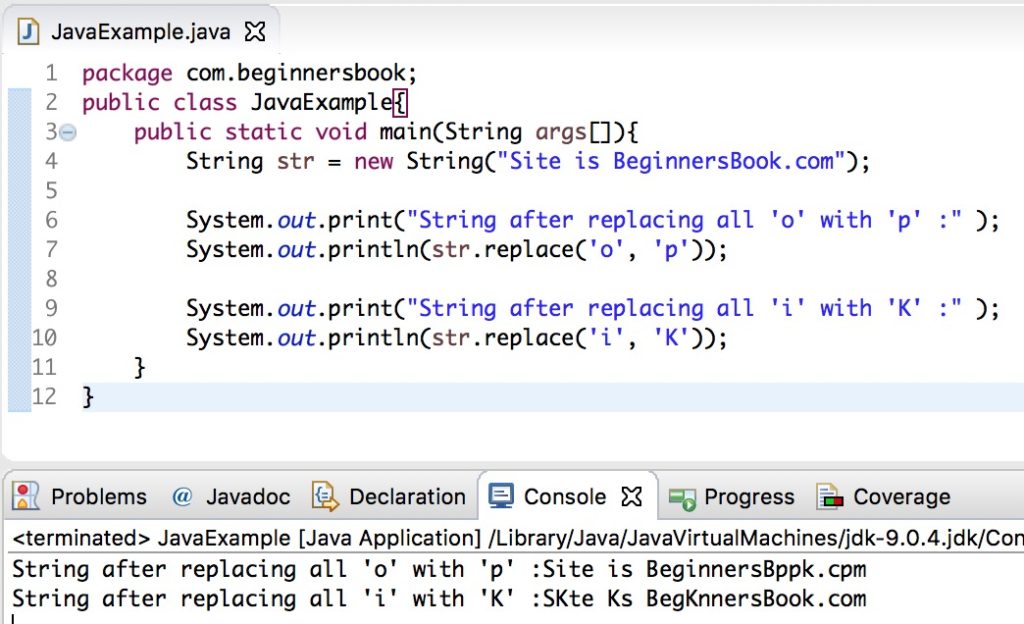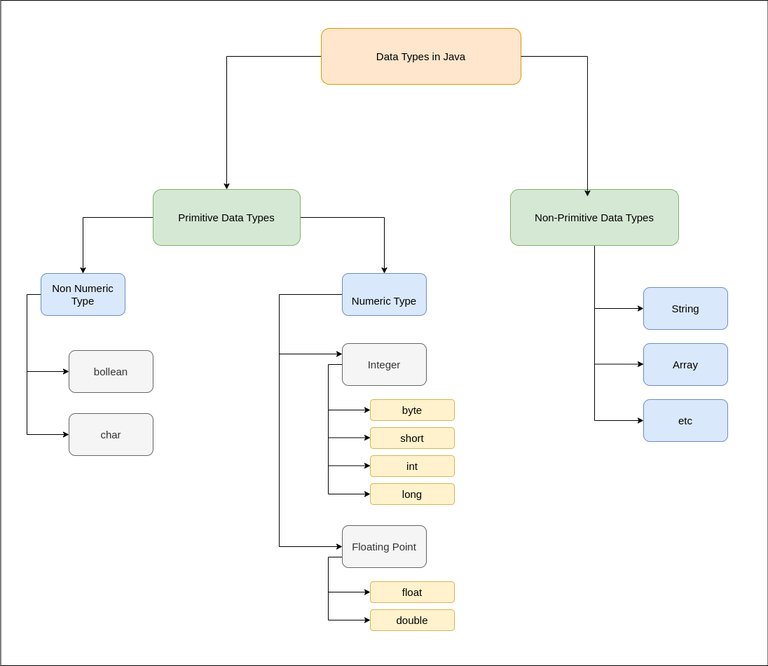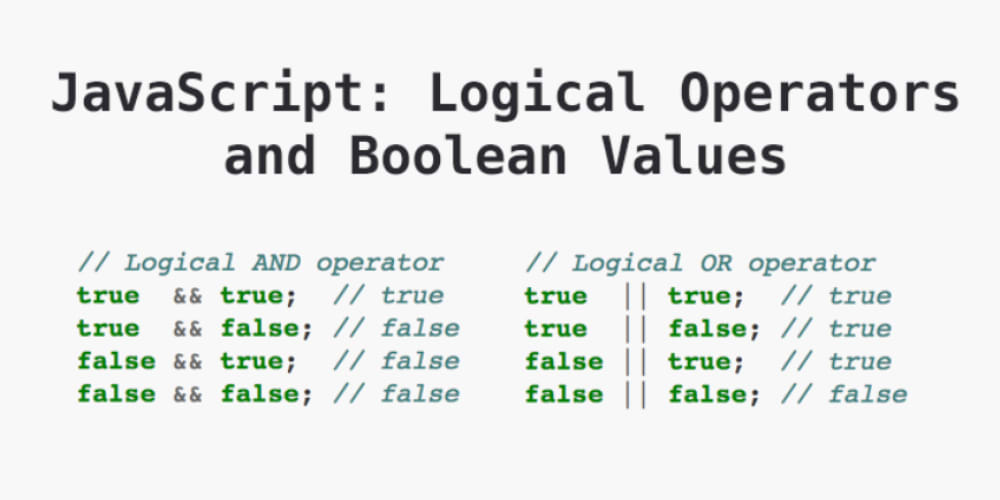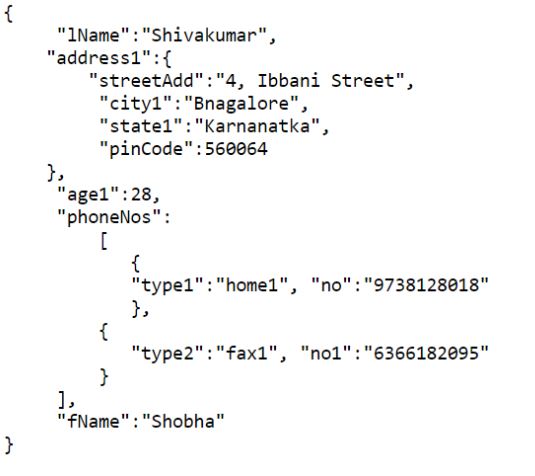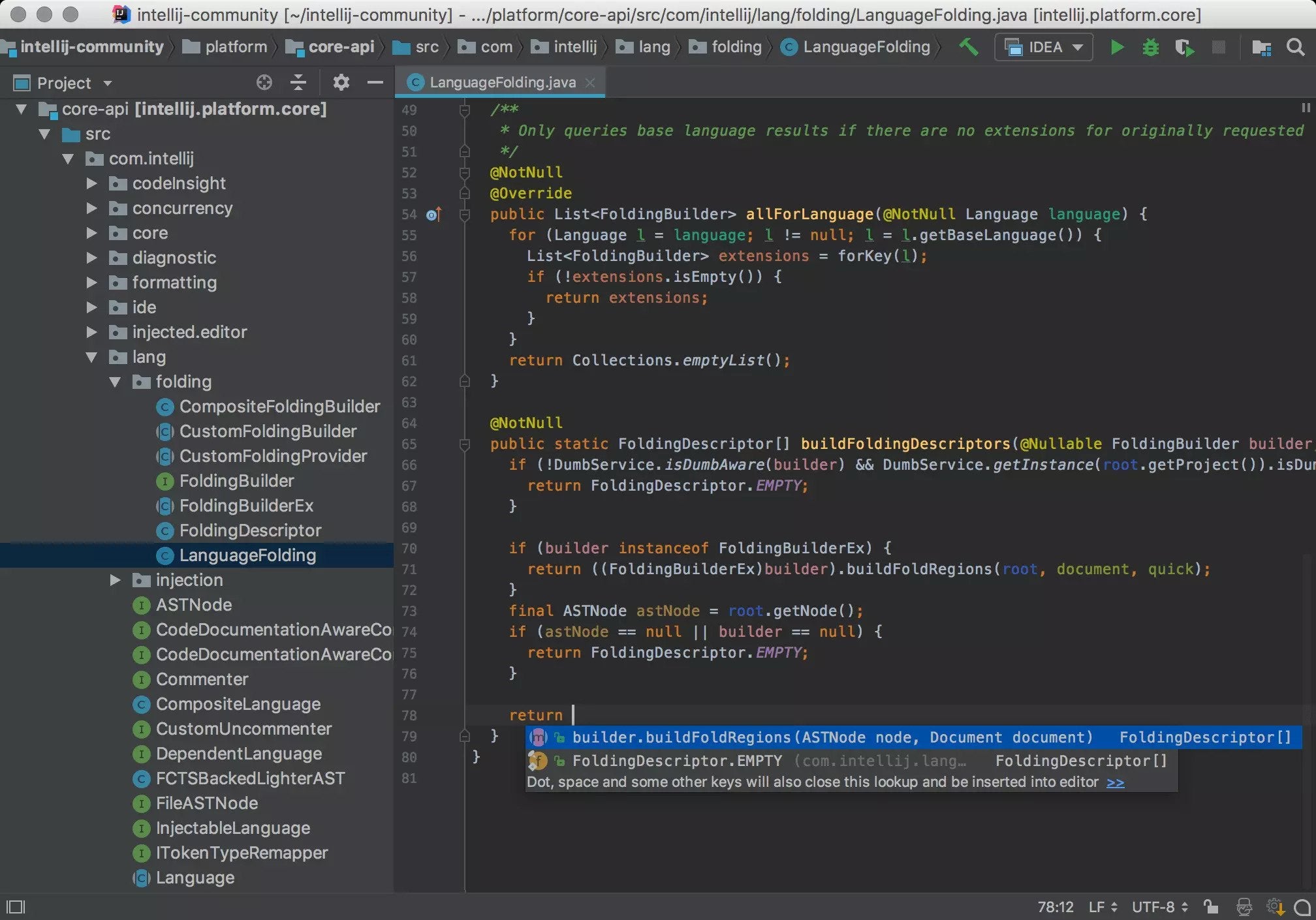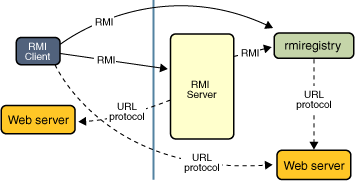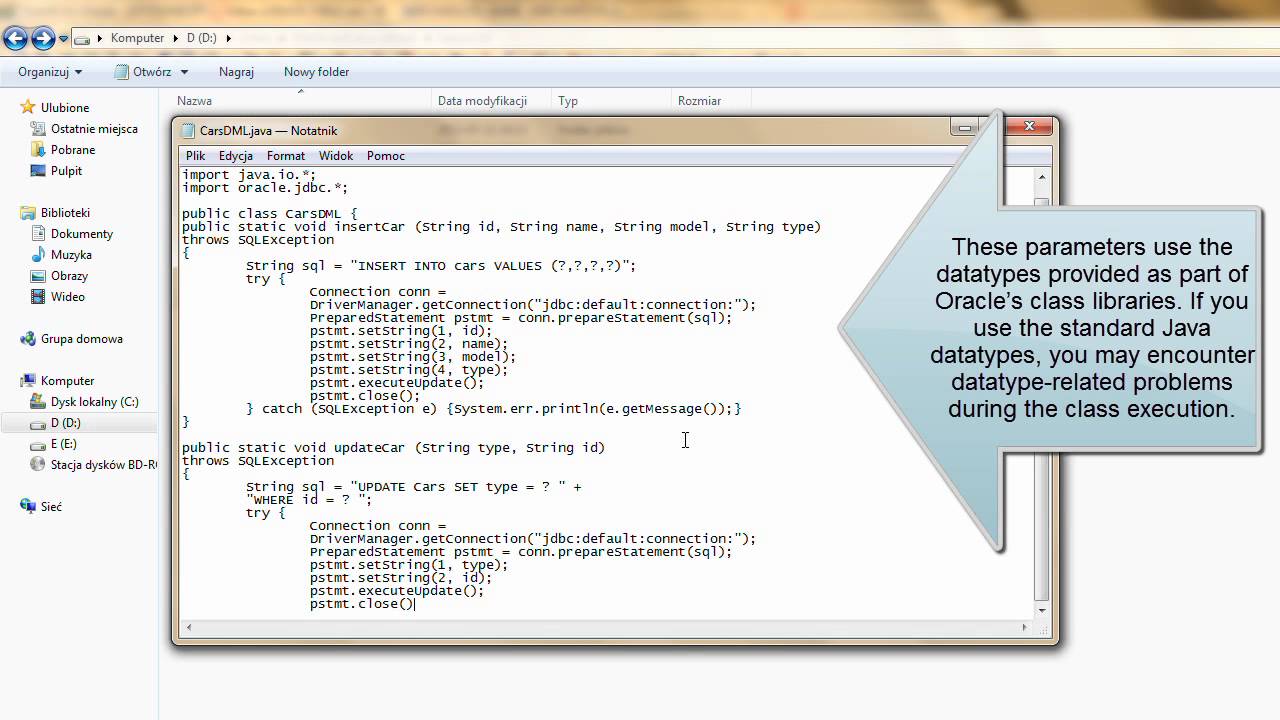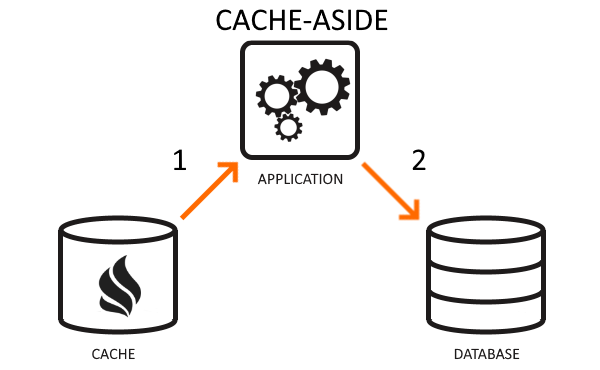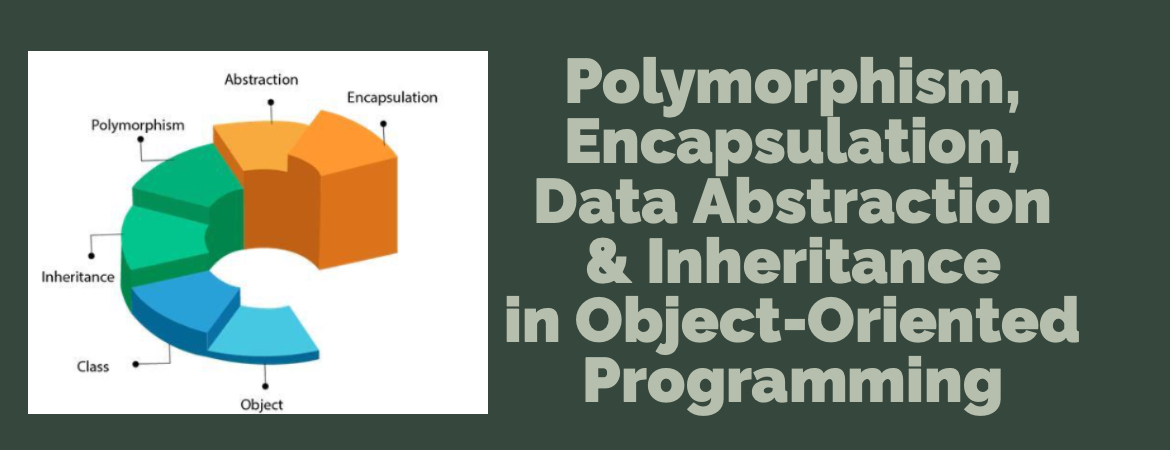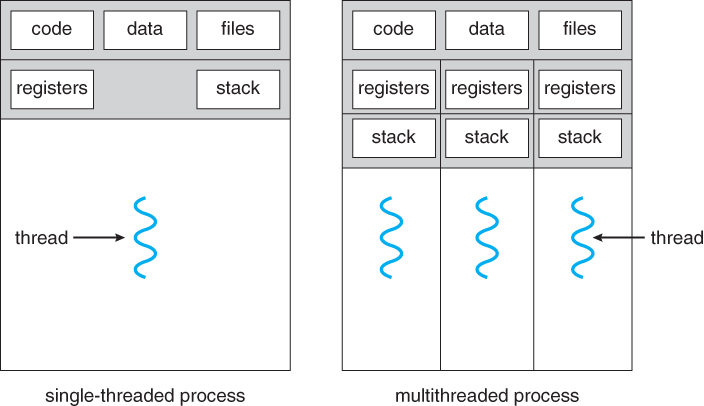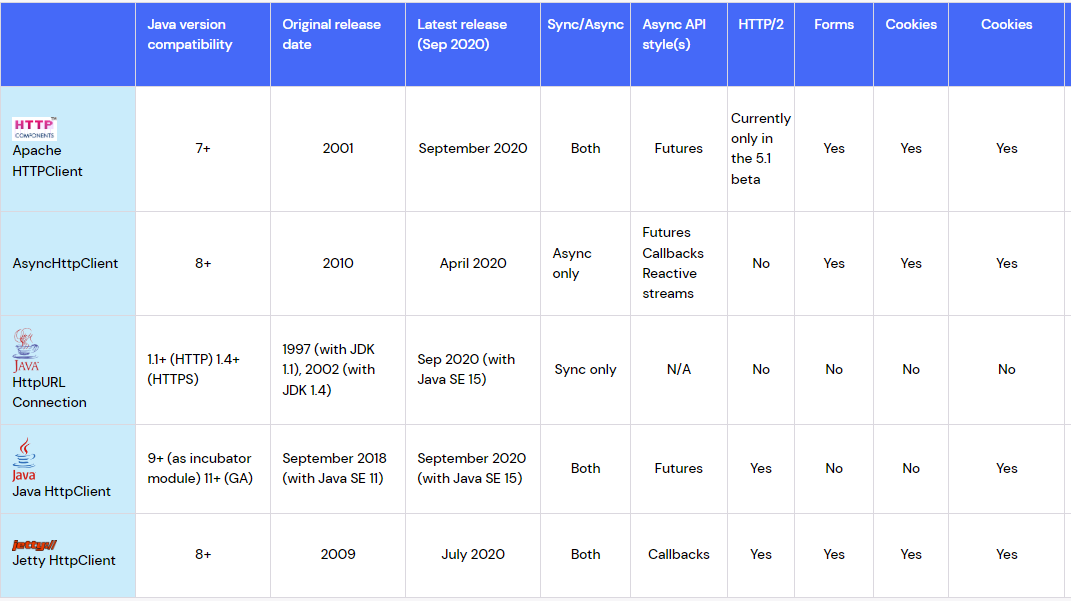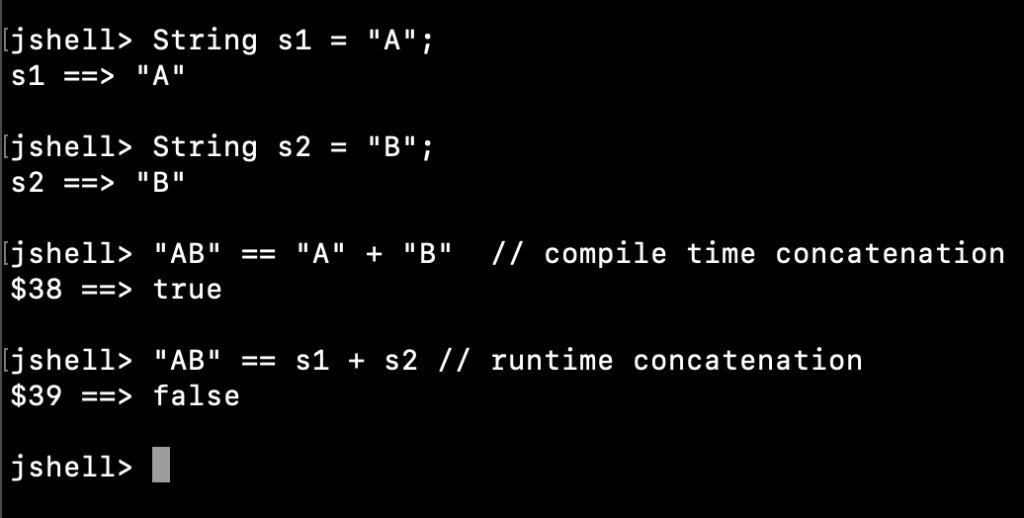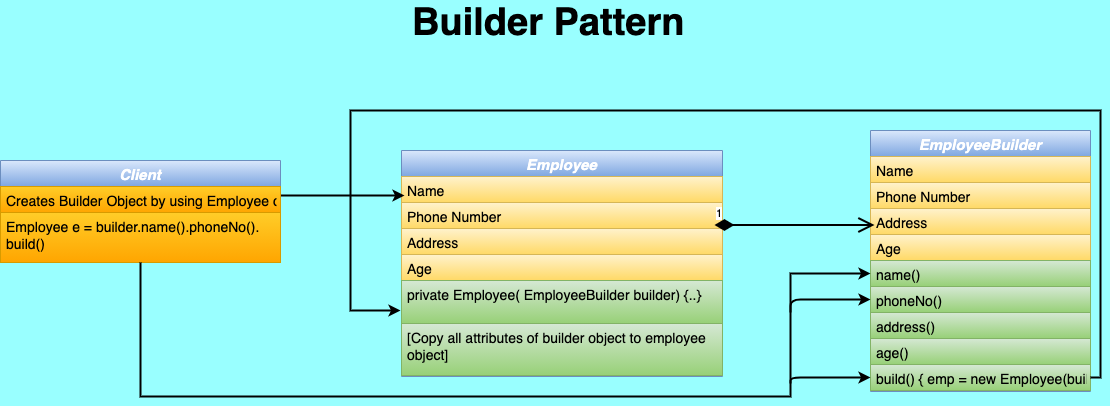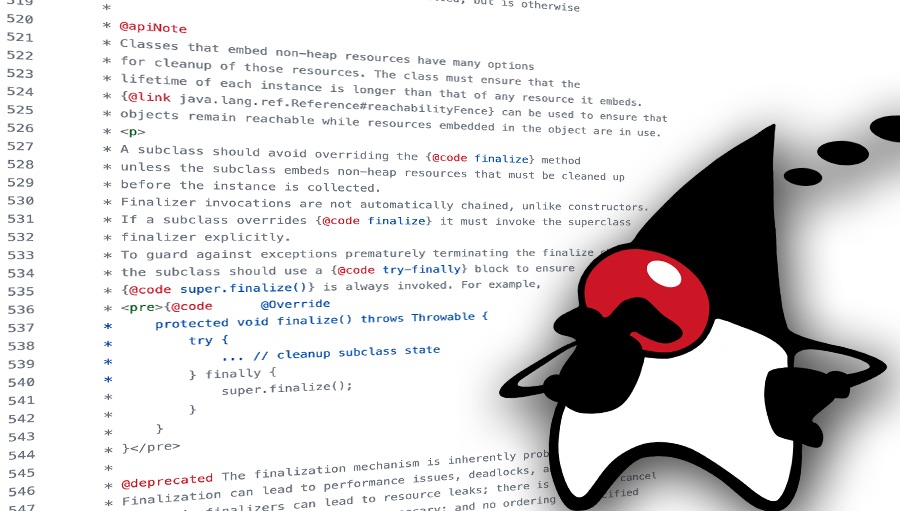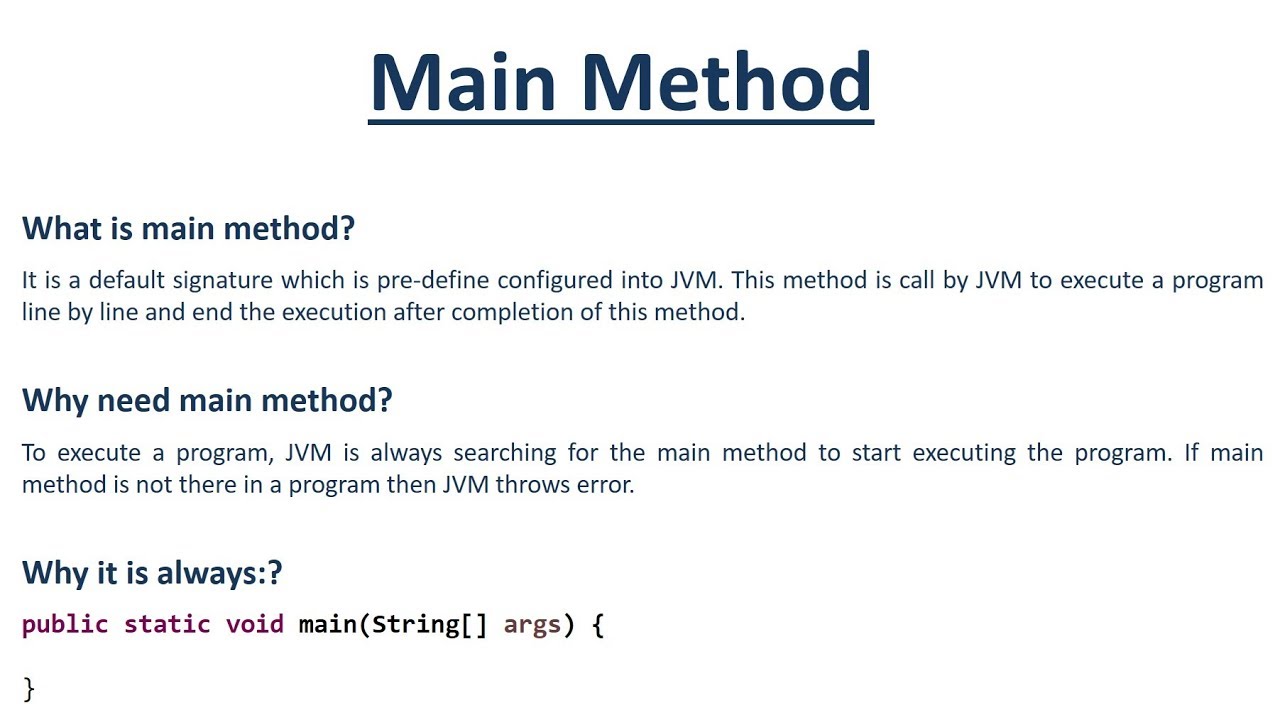java builder pattern example
java builder pattern example
Here is an example of the Builder design pattern implemented in Java:
public abstract class Sandwich {protected String bread;
protected List fillings;
public abstract void display();
public static class SandwichBuilder {
private String bread;
private List fillings = new ArrayList<>();
public SandwichBuilder(String bread) {
this.bread = bread;
}
public SandwichBuilder addFilling(String filling) {
this.fillings.add(filling);
return this;
}
public Sandwich build() {
Sandwich sandwich = new Sandwich();
sandwich.bread = this.bread;
sandwich.fillings = this.fillings;
return sandwich;
}
}
}
public class VeggieSandwich extends Sandwich {
@Override
public void display() {
System.out.println("Veggie Sandwich: " + bread);
for (String filling : fillings) {
System.out.println(" - " + filling);
}
}
}
public class MeatLoverSandwich extends Sandwich {
@Override
public void display() {
System.out.println("Meat Lover Sandwich: " + bread);
for (String filling : fillings) {
System.out.println(" - " + filling);
}
}
}
Here's how it works:
TheSandwich class is the abstract base class. It has two properties, bread and fillings, which are lists of strings. The SandwichBuilder is an inner builder class. Its constructor takes the bread type and initializes its properties. The addFilling method allows you to add fillings to the sandwich. It returns itself so that you can chain multiple calls like this: sandwichBuilder.addFilling("lettuce").addFilling("tomato"). The build method creates a new instance of the Sandwich class with the bread and fillings from the builder. You can extend the Sandwich class to create specific sandwich types, such as VeggieSandwich and MeatLoverSandwich. These classes implement the display method for displaying their details.
Here's how you would use this pattern:
public static void main(String[] args) {Sandwich veggieSandwich = new Sandwich.SandwichBuilder("whole wheat")
.addFilling("avocado").addFilling("lettuce").build();
Sandwich meatLoverSandwich = new Sandwich.SandwichBuilder("sourdough")
.addFilling("beef").addFilling("bacon").build();
veggieSandwich.display();
System.out.println();
meatLoverSandwich.display();
}
This code creates two sandwiches with different fillings and displays their details.
What is Windows builder in Java?
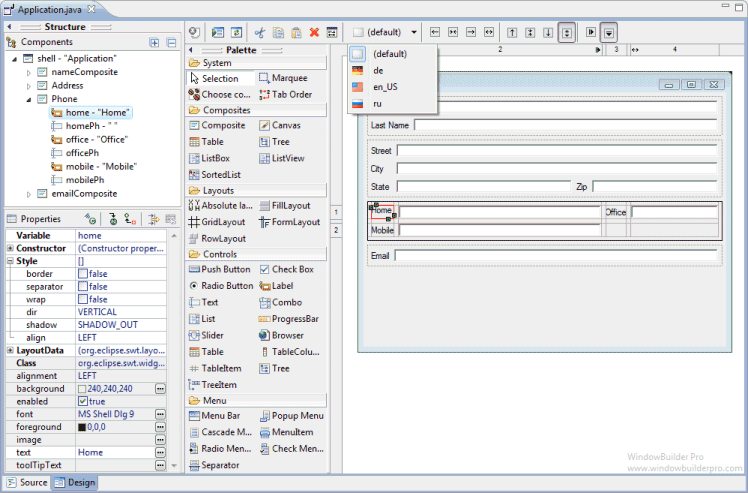
I'm happy to help!
Windows Builder in Java is a powerful tool for creating GUI (Graphical User Interface) applications that can run on Microsoft Windows platforms. It is built on top of the popular Java Swing library and provides a set of APIs that allow developers to create visually appealing, native-looking Windows applications with ease.
Java was designed to be platform-agnostic, meaning it should work seamlessly across different operating systems, including Windows, macOS, Linux, and others. However, while Java can run on various platforms without modification, creating GUI applications that look and feel native to each platform requires a bit more effort.
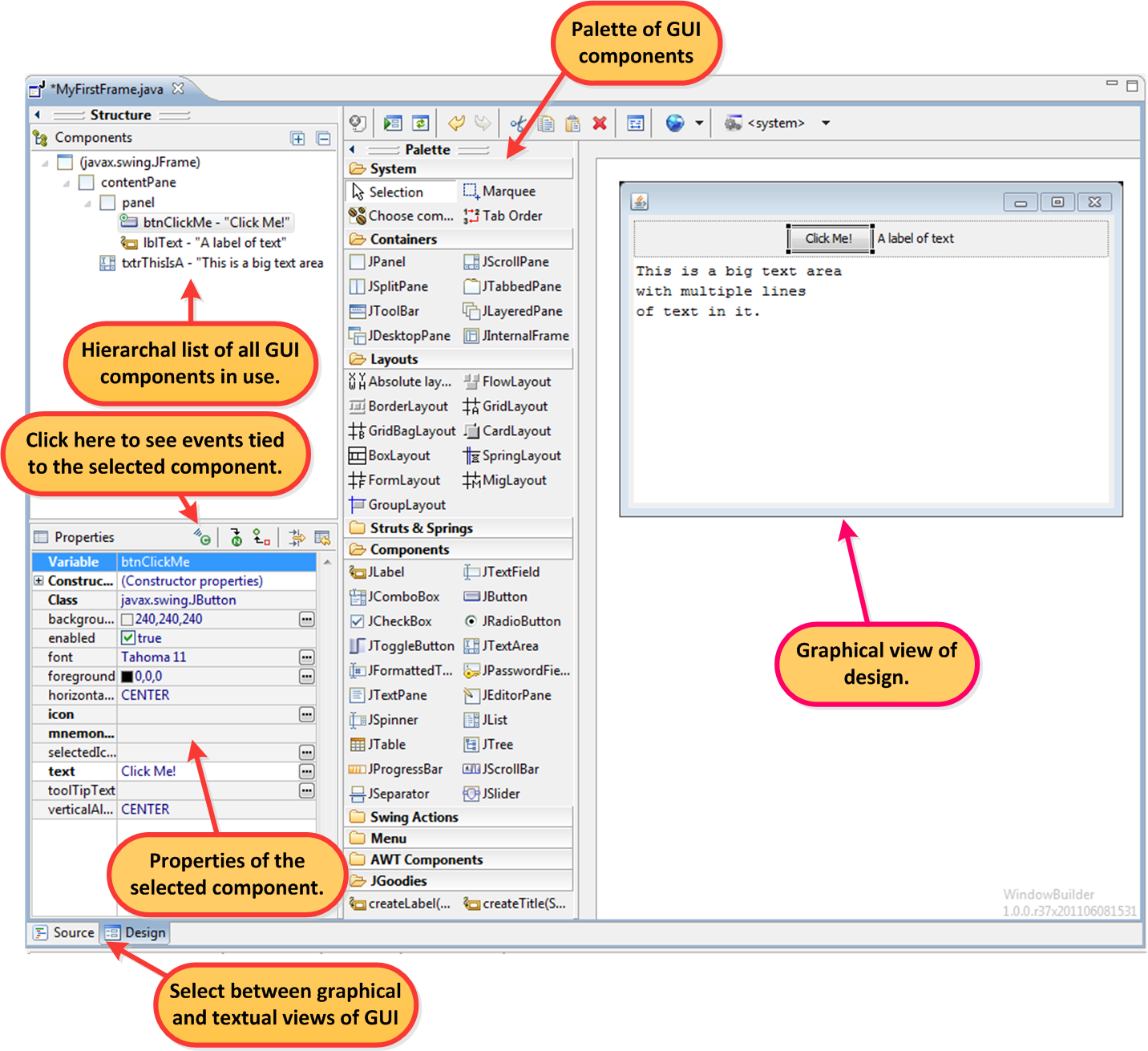
Windows Builder in Java helps bridge this gap by providing a set of libraries and tools that allow developers to create GUI applications that are tailored to the Windows environment. With Windows Builder, you can:
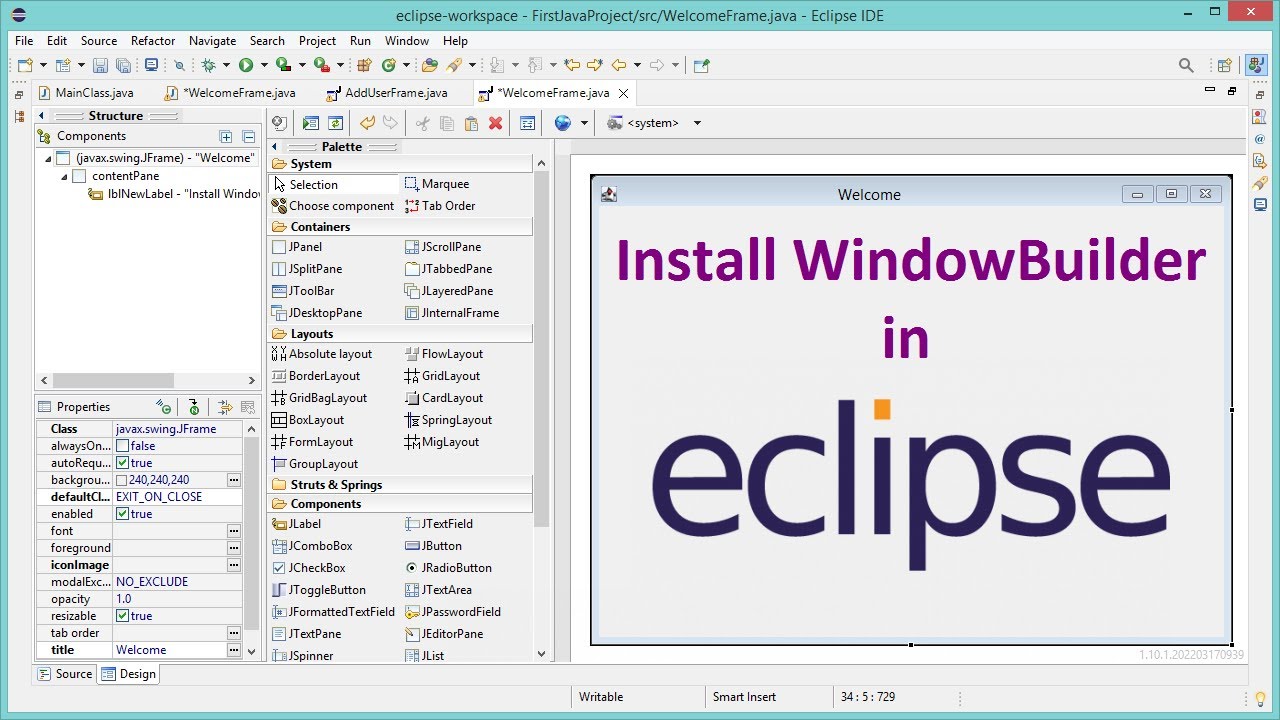
To use Windows Builder in Java, you'll need to have a basic understanding of Java programming ( Swing library) and some experience working with GUI applications. The tool is particularly useful for:
Developers creating desktop applications that require a native Windows look and feel. Teams building cross-platform applications where a native Windows experience is essential. Anyone interested in exploring the world of desktop Java development!In summary, Windows Builder in Java is an excellent choice for developers seeking to create visually appealing, platform-specific GUI applications that can run on Microsoft Windows platforms.
